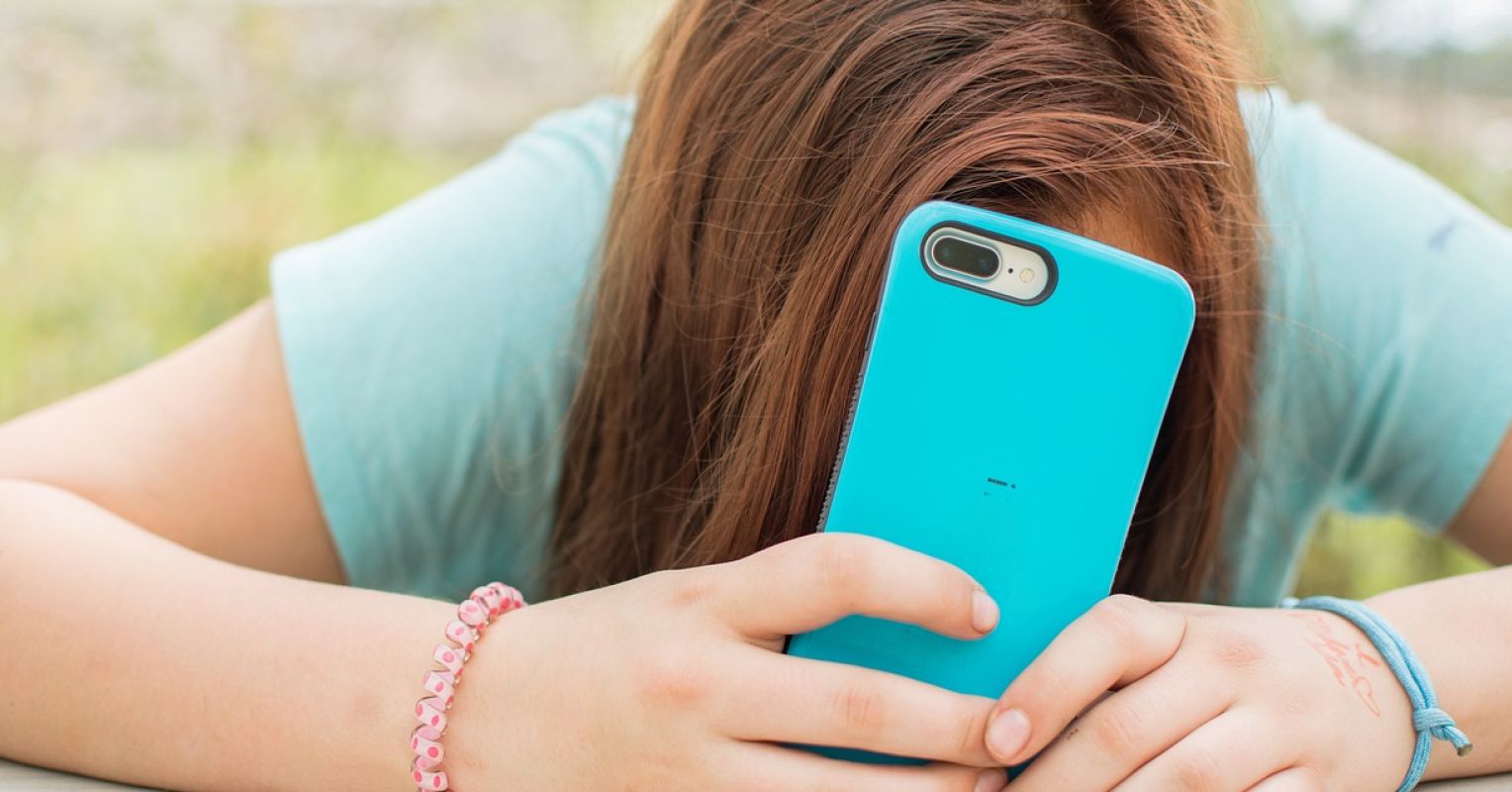
The facts are well-known at this point (Haidt, 2024):
- Beginning around 2010, large numbers of American teens bought smartphones and opened social media accounts.
- Since 2010, rates of anxiety, depression, and suicide among American teens have more than doubled.
- Rates of poor mental health are highest among teenage girls who are heavy users of social media (more than four hours a day).
Why are teenagers more likely than young children and older adults to be negatively affected by heavy use of social media? The answers are not simple, but one part of the explanation involves the likelihood of making social comparisons.
More so than their younger and older counterparts, teenagers often make judgments about themselves—their intelligence, attractiveness, and social worth—on the basis of how they compare to others, especially their same-age peers. Social media platforms like Instagram and TikTok bombard teens with images and messages that can easily make them feel inadequate or unpopular.
A Sensitive Period for Sociocultural Learning
There is, however, another part of the story that is often overlooked. Humans appear to have a “sensitive period” for sociocultural learning. A sensitive period is a span of time in which it is easy to acquire a new skill or learn new information. Language learning among toddlers is one well-known example.
According to Japanese anthropologist Yasuko Minoura (1992), the sensitive period for cultural learning occurs between the ages of 9 and 14, which corresponds roughly to the timing of puberty (especially for girls) and to the meaning of “tween,” the years between being a child and being a teenager.
Minoura studied the children of Japanese businessmen who were sent by their companies to live and work in California for a few years. The children who lived in California between the ages of 9 and 14 came to “feel American” and later, when they returned to Japan, struggled to feel fully Japanese. The children who lived in California when they were younger than 8 or older than 15 never came to feel American. These children lived in Japan during their sensitive period for cultural learning. As a result, they felt Japanese.
During this sensitive period, tweens are like sponges. They soak up cultural information and social norms about what matters, who matters, how to earn rewards and avoid punishments, and how to present oneself to others.
Two Kinds of Social Learning
Like all social learners, tweens are strongly influenced by what other people do. (This is called conformity bias.) In our evolutionary past, doing what most other people were doing was a safe and effective strategy across a wide range of settings.
Tweens also tend to imitate or copy individuals whom everyone else looks up to. (This is called prestige bias.) One of the best ways to get good at something—paddling a canoe for example—is to mimic an expert. But how can you judge expertise if you’re a novice? Well, you can let others do it for you. If everyone says Bette is the best paddler at summer camp, then it makes sense to watch (prestigious) Bette closely and do what she does.
The Pernicious Effect of Social Influencers
Social media platforms like Facebook, Instagram, YouTube, and TikTok make it very easy to determine who is popular and who is prestigious. Just count the number of likes, followers, and shares. We call these people “influencers” because, thanks to conformity bias and prestige bias, they really do shape and guide the attitudes, beliefs, and behaviors of tens of thousands of people.
Unfortunately, many influencers are (as the saying goes) merely famous for being famous. They have little real knowledge or expertise beyond attracting viewers and likes. And one of the best ways to get views and likes is to do or say something extreme. Doing what influencers do—or believing what they say—is generally not a recipe for good mental health.
In his excellent 2024 book The Anxious Generation, social psychologist Jonathan Haidt describes the impact of social media on cultural learning: “Any child who spends her sensitive period as a heavy user of social media will be shaped by the cultures of those sites. This may explain why Gen Z’s mental health outcomes are so much worse than those of the millennials: Gen Z was the first generation to go through puberty and the sensitive period for cultural learning on smartphones” (Haidt, 2024).
